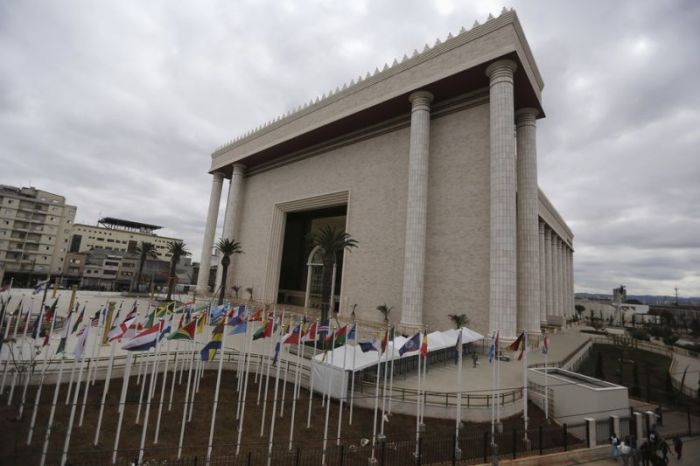Rediscovery of Seal of Bible's King Solomon, Allegedly Containing Powers, Disputed by Authorities

The reported rediscovery of the Seal of Solomon, a signet ring belonging to the Bible's King Solomon, has been disputed by Turkish researchers who say the artifact dates back to the Middle Ages.
The Sun reported on Wednesday that the bronze seal, which according to occultism gave Solomon, the son of King David, the ability to command demons or speak with animals, was found when police seized the possessions of a smuggler in Turkey's central Amasya Province.
Officials found 10 other antiquities in the man's possession, including five golden tablets which had up to five pages each; a golden bull figurine and a bronze charm, both with ancient Hebrew inscriptions.
Turkish news source Daily Sabah said that experts who examined the historical artifacts believe that they date back from the Middle Ages, however, long after the 970 B.C. reign of the Israelite king.
"Officials from the Ministry of Culture and Tourism stated that they are following the judicial procedure closely, and the artifacts will be exhibited in the museum following the conclusion of the examination," the article stated.
"An investigation is underway into how the suspected smuggler came into possession of the artifacts."
Turkish authorities have been fighting ongoing artifact smuggling in the country, stemming heavily from neighboring Syria, which is in the midst of a civil war.
In a separate case police confiscated a Byzantine-era Bible on Monday in Ankara, catching the Syrian suspect who was trying to carry the $1.5 million artifact abroad.
Archaeologists discovered 3,000-year-old manure in Israel's Timna Valley back in April, which they said provided clues about Solomon and his 10 century B.C. quest to build the Holy Temple in Jerusalem.
National Geographic reported that the manure suggests significant activity took place at the specific place where Solomon is said to have been building the Holy Temple.
"According to the Hebrew Bible, King Solomon was renowned for his great wisdom and wealth, and his many building projects included a temple in Jerusalem lavishly appointed with gold and bronze objects," National Geographic said.
"Such a structure would have required large amounts of metal from industrial-scale mining operations somewhere in the Middle East, but the scriptures are silent as to their location."
Researchers also found over 1,000 tons of smelting debris at the site, which they said also gives evidence to an industrial scale production that once took place there.




























